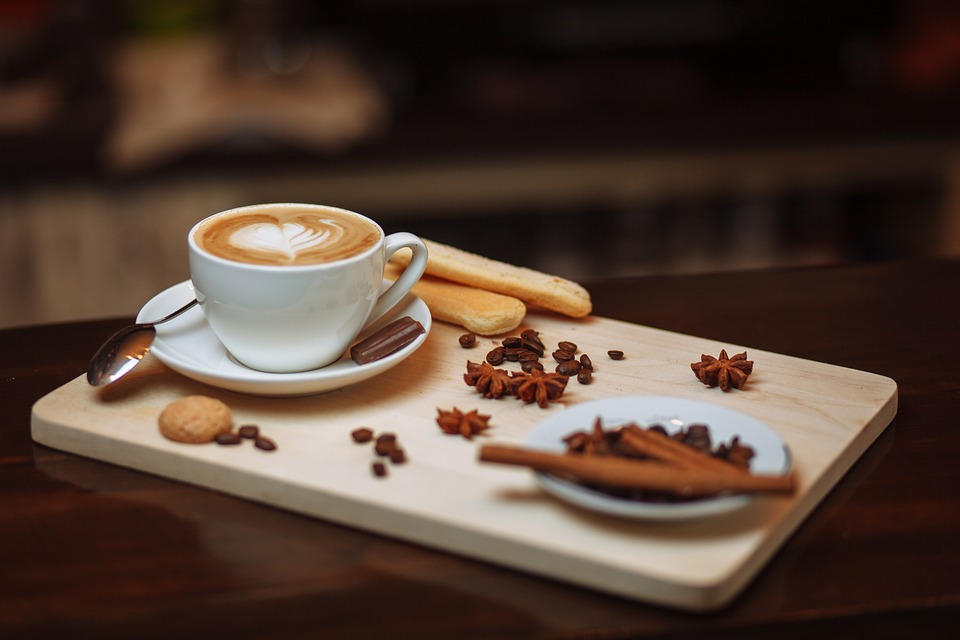Impressive churches and specially painted chapels, large squares with lots of terraces, cute restaurants, and huge courtyards surrounded by 78 statues, the university city of Padua (Padova in Italian) has it all. Stroll the streets,
Impressive churches and specially painted chapels, large squares with lots of terraces, cute restaurants, and huge courtyards surrounded by 78 statues, the university city of Padua (Padova in Italian) has it all. Stroll the streets, take in the art, and occasionally grab a café or a spritz. Where should you be in Padua? And where to stay? Here’s a roundup of the coolest things to do in the Northern Italian city of Padua.
Visit the Scrovegni Chapel, Famous for Its Giotto Frescoes
One of Padua’s most popular and impressive places is the Scrovegni Chapel. Walking from the train station toward the center of the city, you will pass a large park, at the end of which you will find this chapel and the Jeremitani Museum. The chapel and museum can be visited with a single ticket. The chapel is not particularly impressive from the outside, but the interior is undoubtedly remarkable. The frescoes on the ceiling and walls are essential works of Renaissance art. They were created by the painter Giotto between 1303 and 1305. He painted several biblical stories, mainly the story of Jesus Christ. The bright blue ceiling with stars is stunning; since 2021, the frescoes have been included in UNESCO’s World Heritage List.
Before entering the chapel to admire the paintings, visitors can watch a video about the origins of the chapel and its works. The maximum stay in the chapel is 20 minutes and must be reserved in advance at the museum entrance.
Admire the Museo Ermitano and Palazzo Della Ragione
Right next to the Scrovegni Chapel is a museum complex with several museums. An old convent, it comprises of houses the Archaeological Museum and a collection of paintings from the 14th to 18th centuries by famous artists such as Tintoretto, Verones, and Bellini.
For even more amazing frescoes and works of art, visit the Palazzo della Ragione, built in 1218 in Piazza Delle Erbe. Inside this beautiful palace (also called the Market Hall or Town Hall), you will find a collection of frescoes and a life-size wooden horse from the 15th century. Giotto also once painted frescoes in this palazzo, but unfortunately, they were not preserved and have been repainted. There are many delicatessens on the palazzo’s lower floor, and you can have a glass of prosecco or wine in one of the bars.
Have a Cup of Coffee at ‘Caffè Senza Porte’
If you are looking for an exceptional cup of coffee, you should definitely try it in Padova: at Caffè Pedrocchi, you will find a coffee with the same name as the name of the café. It is a specialty that contains espresso, mint, and cream. Top it with a small amount of cocoa, and you have Caffè Pedrocchi. It may sound a bit special, but it is very fresh. And the cookies are also served together (very rare in Italy). This coffee shop was once called “Caffè senza porte,” or bar without a door. Of course, this bar already has a door, but no closing hours.

Strolling around the Temple of Sant’Antonio
Padua is a famous pilgrimage destination in Europe, and one of the most famous churches for pilgrims is the Basilica of Sant’Antonio. It is an imposing structure with marble statues, murals, and altars that shine with a golden glow inside and out. A visit to this church is sure to amaze. Despite the fact that the church is named after a saint, the basilica is affectionately known as “Il Santo” (The Saint). Sant’Antonio’s tomb can be admired inside the church, and a line often forms in front of the popular chapel where the tomb is located.
In addition to the beautiful artwork in the church, the five monasteries attached to the basilica are also worth a visit. The oldest monastery dates back to the 13th century.
Have you ever been to any of these places? Share your experience with us in the comments below!

